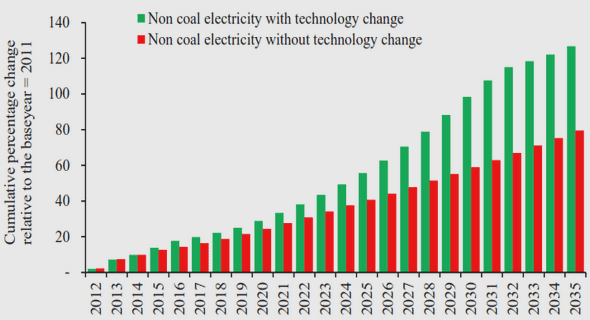(Downloads - 0)
For more info about our services contact : help@bestpfe.com
Table of contents
1 Introduction
1.1 Mixing assumptions and related tasks
1.1.1 Assumptions on the mixing process
1.1.2 Standard metrics for single-channel source separation
1.1.3 Related tasks
1.2 Time-frequency representations
1.2.1 Fourier Transform
1.2.2 Short time Fourier transform
1.2.3 Recovery of source estimates via time-frequency masking
1.3 Models for audio source separation
1.3.1 Mixture models : hard sparsity constraints
1.3.1.1 Inference
1.3.1.2 Learning: trained models or blind learning ?
1.3.1.3 Extension to hidden Markov models
1.3.2 Nonnegative matrix factorization with sparsity constraints
1.3.2.1 Trained learning with sparsity
1.3.2.2 Partially blind learning or model calibration
1.3.2.3 Smoothness penalties
1.3.2.4 Parameterized atoms
1.3.3 Other latent variable models : Complex Matrix Factorization
1.3.4 Other approaches : Computational Audio Scene Analysis
1.3.4.1 Basic complexity issues
1.3.4.2 A clustering approach to audio source separation
1.4 Conclusion
2 Structured NMF with group-sparsity penalties
2.1 The family of NMF problems
2.1.1 The family of beta-divergences
2.1.2 Identication problems in NMF
2.1.3 Determining which divergence to choose
2.2 Optimization algorithms for the -divergences
2.2.1 Non-convexity of NMD with beta-divergences
2.2.2 MM algorithms and multiplicative updates
2.2.3 Expectation-Maximization algorithms
2.2.3.1 Itakura-Saito divergence
2.2.3.2 Kullback-Leibler divergence
2.3 Itakura-Saito NMF
2.3.1 Generative model
2.3.2 Recovery of source estimates
2.3.3 Consistent source estimates
2.3.4 Derivation of a descent algorithm
2.3.5 Discussion of convergence properties
2.3.6 Discussion of convergence properties: empirical results
2.3.7 Overview of the algorithm
2.3.8 Related Work
2.4 Group-sparsity enforcing penalty in NMF
2.4.1 Presentation
2.4.2 Interpretation of the penalty term
2.4.3 Extension to block-structured penalties
2.4.4 Algorithm for group Itakura Saito NMF
2.5 Model selection in sparse NMF
2.5.1 Kolmogorov-Smirnov statistic
2.5.2 Bayesian approaches
2.6 Experiments with group-sparse NMF
2.6.1 Validation on synthetic data
2.6.2 Results in single channel source separation
2.6.3 Block-structured penalty
2.7 Related work
2.8 Conclusion
3 Online NMF
3.1 Algorithm for online IS-NMF
3.1.1 Itakura-Saito NMF
3.1.2 Recursive computation of auxiliary function
3.1.3 Practical implementation
3.2 Experimental study
3.3 Related Work
3.4 Conclusion
4 User informed source separation
4.1 A GUI for time-frequency annotations
4.2 Annotated NMF
4.3 Towards automatic annotations
4.3.1 Learning algorithms
4.3.2 Features
4.3.3 Raw Patches
4.3.4 Oriented lters
4.3.5 Averaging training labels
4.4 Experimental results
4.4.1 Description of music databases
4.4.2 Ideal performance and robustness
4.4.3 Evaluation of automatic annotations
4.4.4 Overall results
4.5 Miscellaneous
4.5.1 Detailed comparison of detectors
4.5.2 Extension of annotated NMF with more than one dominant source
4.5.2.1 Mathematical formulation
4.5.2.2 Source separation of three instrumental tracks
4.5.3 Handling uncertainty in automatic annotations
4.5.4 Predicting source specic time intervals
4.6 Related work
4.7 Conclusion
5 Conclusion
A Projected gradient descent
B Description of databases
C Detailed results
Bibliography




